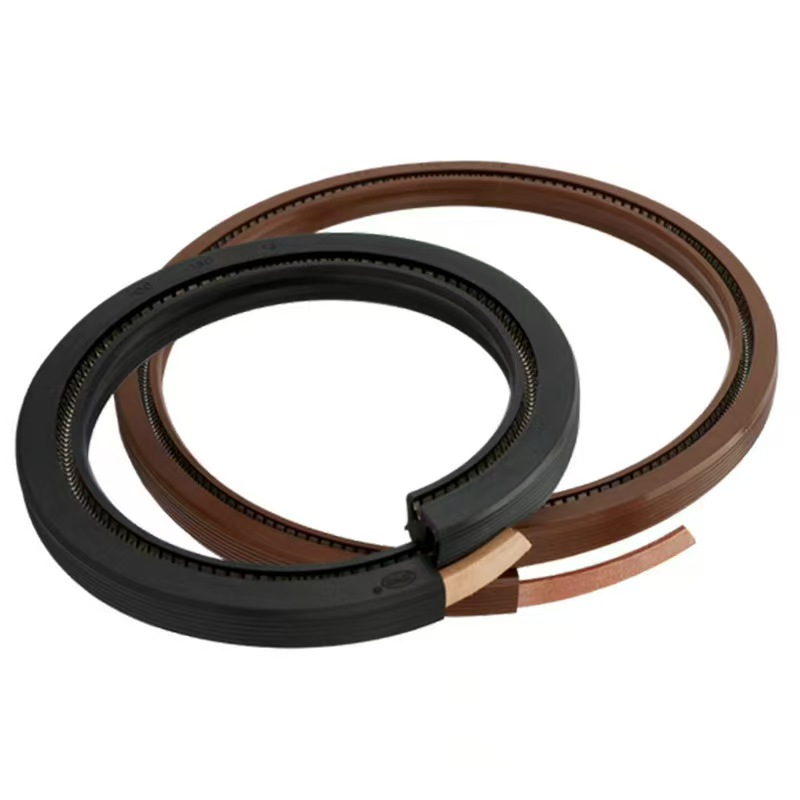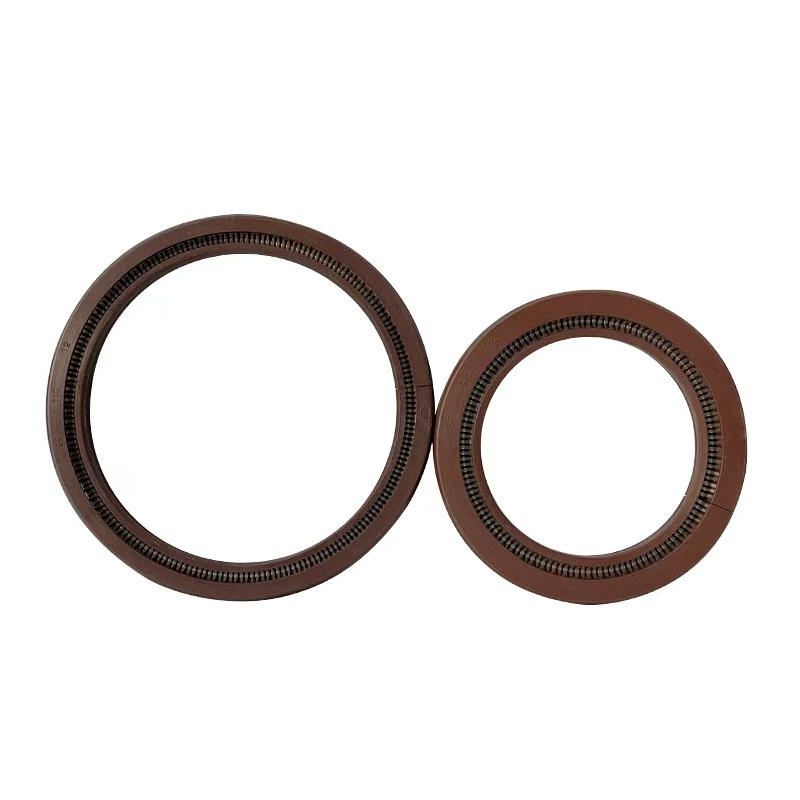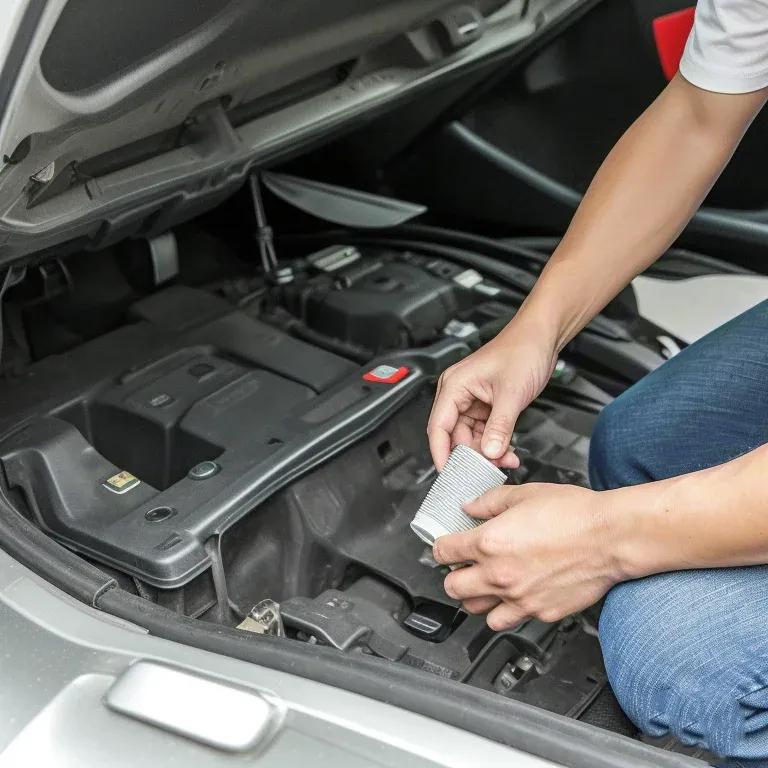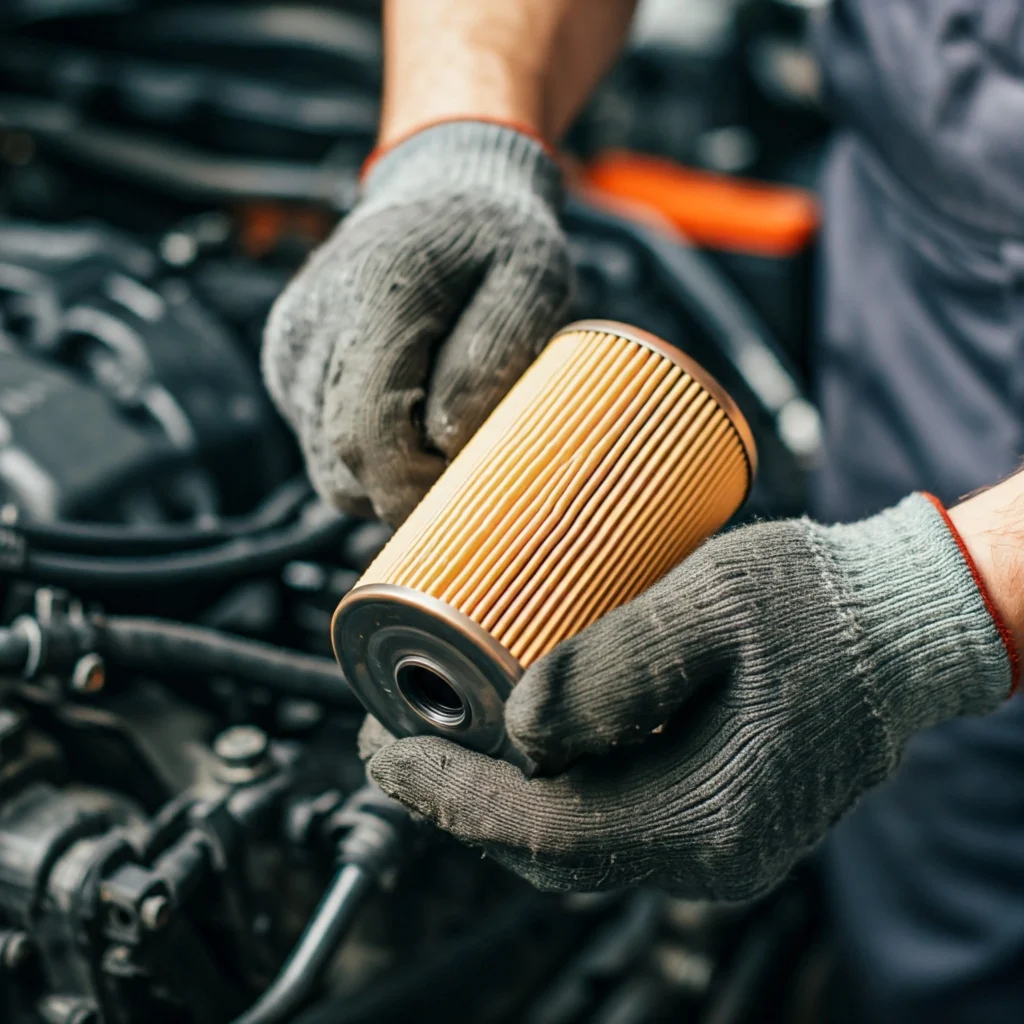Oil seal: key sealing element in industrial equipment


A typical oil seal consists of three main parts:
- Metal skeleton: provides structural support and strength, usually made of steel or stainless steel
- Elastomer sealing lip: contacts the rotating shaft to form a seal, commonly used materials include nitrile rubber (NBR), fluororubber (FKM), silicone rubber, etc.
- Spring (equipped with some oil seals): increases the pressure of the sealing lip on the shaft to ensure close contact
As an indispensable sealing element in mechanical equipment, oil seal plays a vital role in modern industrial production. It is not only the first line of defense to prevent lubricant leakage, but also a key barrier to prevent external pollutants from invading. This article will comprehensively introduce the structure, function, classification, application field and maintenance knowledge of oil seals to help readers have a deep understanding of this seemingly simple but extremely important mechanical part.
Basic concept and structure of oil sealOil seal, also known as rotating shaft lip seal, is a mechanical element used to seal the gap between the rotating shaft and the fixed part. Its main function is to prevent lubricant from leaking from the bearing part of the mechanical equipment, and to prevent external pollutants such as dust and moisture from entering.


Development trend of oil seal technology
With the advancement of industrial technology, oil seal technology is also developing:
- Material innovation: Develop higher performance elastomer materials, such as hydrogenated nitrile rubber (HNBR), perfluoroether rubber (FFKM), etc.
- Structural optimization: Optimize the oil seal lip design through computer simulation to improve sealing performance and life
- Surface treatment technology: Apply special coatings to the oil seal lip to reduce the friction coefficient
- Smart oil seal: integrated sensor, real-time monitoring of sealing status and lubrication conditions
- Environmental requirements: develop more environmentally friendly materials and designs to reduce leakage and environmental pollution
Key points for selecting oil seals
The following factors should be considered when selecting a suitable oil seal:
- Shaft diameter and aperture size: ensure that the oil seal matches the shaft and housing
- Working environment temperature: select an elastomer material that can withstand the working temperature
- Media compatibility: The oil seal material must be compatible with lubricants and other contact media
- Speed: High-speed applications require specially designed oil seals
- Pressure conditions: Ordinary oil seals are generally used in low-pressure environments, and high pressure requires special design
- Installation space: consider axial and radial installation space restrictions
- Installation and maintenance of oil seals
Working principle of oil seal
Oil seal achieves sealing effect through the following mechanisms:
- Radial pressure seal: The sealing lip generates radial pressure on the shaft surface under the action of the spring and its own elasticity
- Fluid dynamic effect: The rotating shaft drives the lubricant to form a tiny fluid dynamic pressure in the contact area of the sealing lip, which helps to seal
- Surface tension effect: In a static state, the surface tension of the oil film provides additional sealing effect
When the shaft rotates, an extremely thin oil film (about 1-2 microns) will be formed between the sealing lip and the shaft surface. This oil film can not only reduce friction and wear, but also effectively prevent the leakage of a large amount of lubricant.
Conclusion
Although the oil seal is small, it plays an irreplaceable role in the reliable operation of mechanical equipment. Correct selection, installation and maintenance of oil seals can significantly extend the life of equipment, reduce downtime and maintenance costs. With the application of new materials and new technologies, the performance of oil seals will continue to improve, providing more reliable sealing solutions for modern industrial equipment. Understanding the basic knowledge of oil seals is a very necessary professional skill for equipment designers and maintenance personnel.


